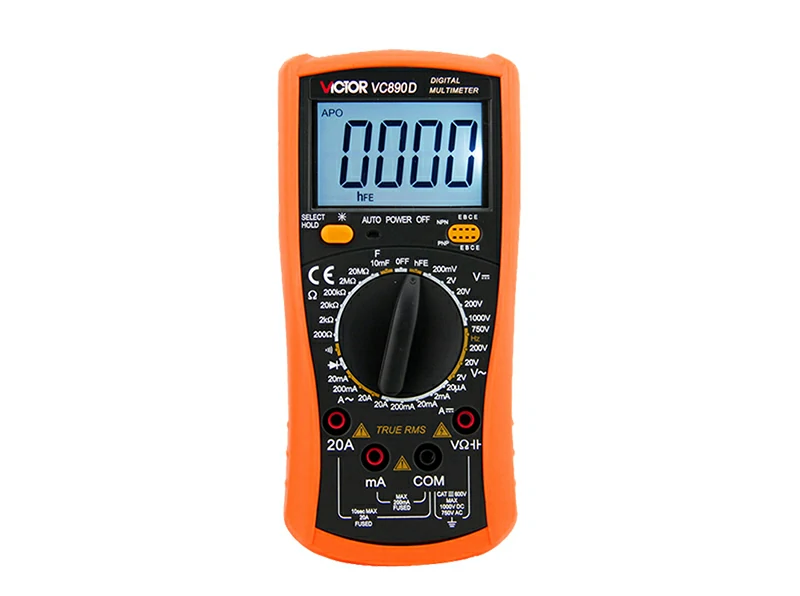Overmolding is a specialized process in which a single part is produced by combining two or more materials to create a unique finished product. This process is commonly used in the manufacturing industry to produce complex, multi-material components that offer a range of benefits, including improved durability, enhanced aesthetics, and increased functionality.
The Overmolding Process: A Step-by-Step Guide
The overmolding process begins with the creation of a base part, which serves as the foundation for the final product. This base part is typically made from a rigid material, such as plastic or metal, and is designed to provide structural support and strength for the finished component. Once the base part is produced, it is then placed into a mold, where a second material – known as the overmold – is injected around or over the base part.
Combining Materials for Enhanced Performance
The overmold material is typically a softer, more flexible material, such as rubber or silicone, that is selected for its specific properties, such as abrasion resistance, impact protection, or grip. By combining these two materials, manufacturers are able to create products that offer the best of both worlds – the strength and durability of the base material, combined with the versatility and functionality of the overmold material.
Customization and Versatility
The overmolding process is highly customizable, allowing manufacturers to create products in a wide range of shapes, sizes, and configurations. This versatility enables manufacturers to produce components that are designed to meet the specific needs and requirements of their customers, resulting in high-performance products that deliver superior performance and reliability.
Additional Benefits of Overmolding
In addition to enhancing the physical properties of the finished product, overmolding also offers a number of other benefits. For example, overmolding can be used to improve the aesthetics of a component by adding color, texture, or branding elements. This can help to enhance the overall look and feel of a product, making it more attractive to consumers.
Streamlining Production and Reducing Costs
Overmolding can also be used to reduce the number of parts needed in a product assembly, which can simplify the manufacturing process and reduce production costs. By combining multiple components into a single part, manufacturers can streamline their production processes, increase efficiency, and improve overall product quality.
Conclusion
Overall, the overmolding process is a powerful tool that can be used to create strong, high-performance products that offer a wide range of benefits. By combining multiple materials in a single component, manufacturers can produce products that are more durable, more functional, and more visually appealing than traditional single-material components. This process is ideal for producing complex, multi-material components that require a combination of different properties and characteristics to meet the demands of modern industrial applications.

